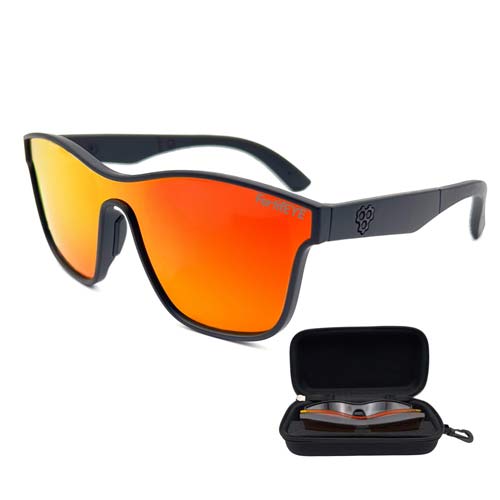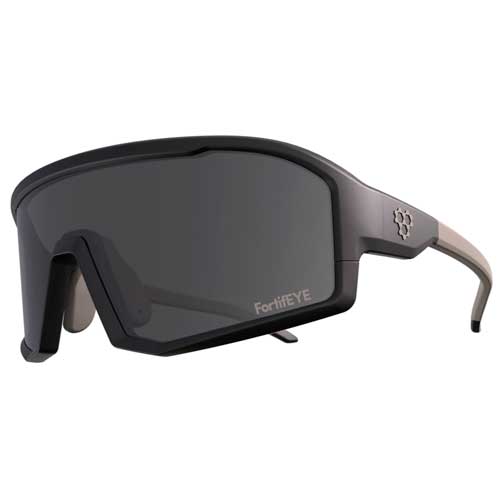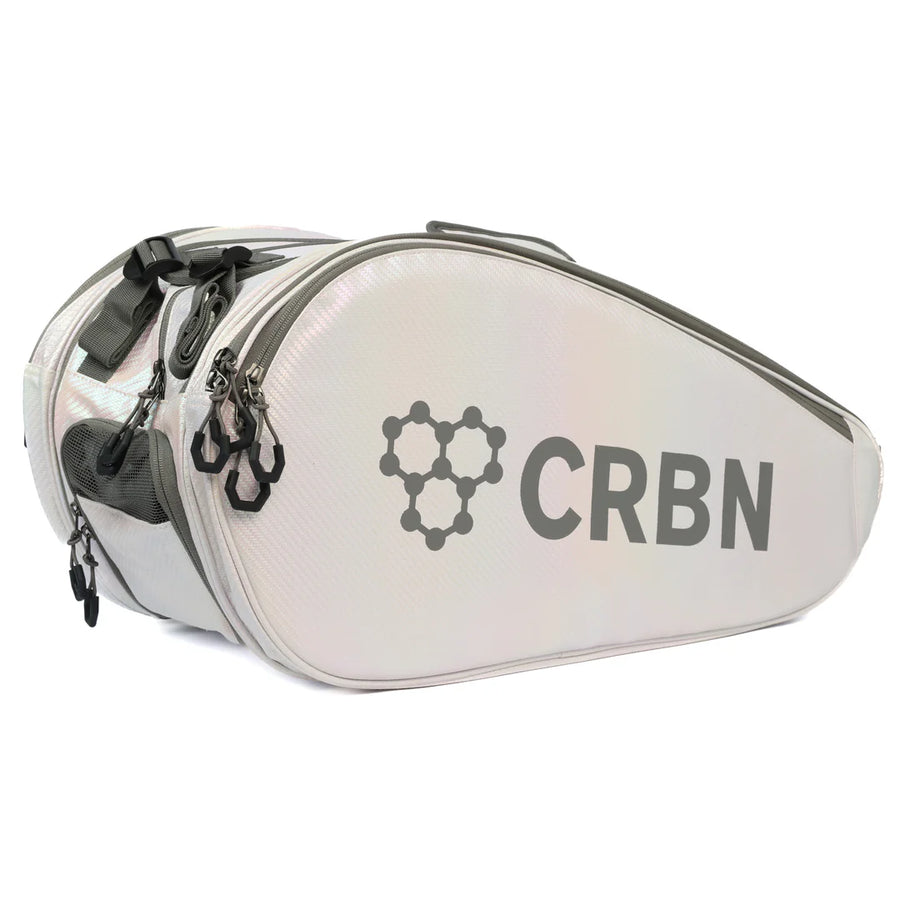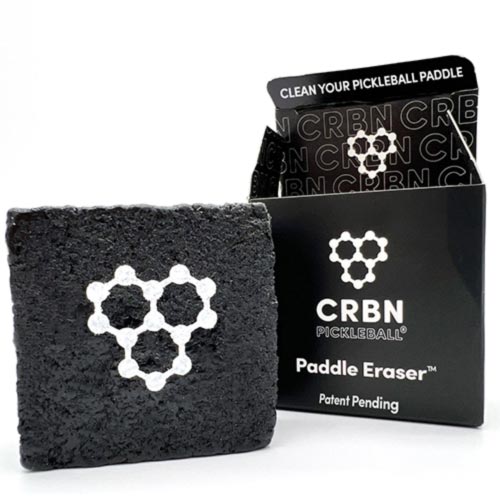What Are Some Basic Playing Techniques in Pickleball?
Serving
Like most beginner players do, I watched lots of pickleball games before my first game. As I watched, I thought that serving looked relatively easy. But that wasn't the case when I started playing.
Most of my shots went right into the net or beyond the borderlines, which was quite frustrating. It took me about three to five games to master how to serve correctly, but the consistency in playing and patience were all worth it.
Below are some of the rules on how to serve correctly.
- To serve, you must be at least one foot behind the baseline. Your feet can’t be inside the service box or on the baseline.
- Use a backhand or underhand motion.
- Whack the pickleball ball below your waist. This means the ball and the paddle should come in contact below the waist. Also, the swing direction must be an upward motion, and the highest part of the paddle must be beneath your wrist.
- The paddle’s head must be below the highest part of your wrist when you serve the ball.
- You can either bounce the ball before serving or hit it as a drop shot. Thus, you cannot bounce the ball off the floor or the paddle.
Returning a Serve
To return a serve the right way, you need to focus on three things: the depth of the opponent’s serve, who you want to hit the ball to, and how you want to return their serve.
-
The depth of your return serve: Aim at placing the ball deep into your opponent's backcourt. Doing this gives your opponent fewer options as to what they can do while you rush to the net.
If you play a short return serve, you force your opponent to run toward the net, helping them reach the kitchen area faster, which reduces the receiving team's advantage. -
Who to return serve to: If you’re a beginner, strike the ball to the weaker of your two opponents. The weaker opponent lacks a strong forehand, and, therefore, they are mostly backhanded.
When playing doubles, I was always the weaker player, and thus, most hits were served in my direction, which was annoying as I hadn’t yet mastered the game. -
How to return a serve: Always aim for a high return serve. A high return serve gives you more time to get to the net. But that’s only to buy more time to rush to the net.
You can use a little underspin to keep the ball lower and go deeper.
Another way to return a serve is to use a forehand with a backswing and follow through, running forward to meet the ball in front of the body.
Executing this type of return serve lets you quickly rush toward the net using the natural movement of the follow-through.
Other pickleball return serve rules include:
- You must let the ball bounce once before you return it.
- Always keep your eyes on the ball. If you notice that you can’t rush back to the non-volley zone line without the ball being returned by your opponent, it is best you stop and assume the ready position.
Then, return the ball and then continue to the kitchen line. Stop again if the ball returns before you reach the kitchen line. In tennis, these small movements you do before your opponent returns the serve are known as “split steps.”
Dinking
Dinking is a soft-shot strike. It starts from the non-volley line, crosses over the net, and lands into the non-volley zone.
Dinking is not my favorite playing strategy because it requires me to hit the ball softly, even when I’m running at full pace.
This was quite difficult for me because I am used to and love striking the ball hard. Dinking has quite a few complex rules that I find hard to remember, especially in the heat of play.
There are two main reasons you might want to dink:
- Neutralize an opponent used to playing a hard game
- Control an opponent who wants to hit hard. This forces the opponent to play the soft game
When the ball lands in your opponent’s non-volley zone, they can’t hit it as hard because it’s likely to crash into the net. But if it doesn’t and clears the net, it can go out of bounds.
To dink well, you must first bend your knee (not like in Game of Thrones, though) and not at your waist. Bending your knee allows you to point the leading edge of the paddle toward the net at about a 45-degree angle.
After you dink, return your paddle to the ready position. Don’t swing it down as I used to do. This is important because you can’t tell whether your opponent will dink back to you or hit a slap shot. Being in the ready position means you can be ready for any return serve.
Volleying
Volleying simply means hitting the ball out of the air before it bounces.
To volley, you must stand behind the kitchen line. You can volley to take control of the game, pressure the opponent, or force your rival to make faster strikes.
After a week of playing pickleball, I decided to try volleying. I only succeeded once every six times, but it was great fun, considering I was new to the game.
There are two main types of volleys: a block volley and a punch or swing volley.
A block volley is a defensive hit you give when your opponent catches you off guard and wants to reset the pickleball ball softly into the non-volley zone.
A punch or swing volley is a somewhat offensive serve where you play aggressively or attack your opponent.



















